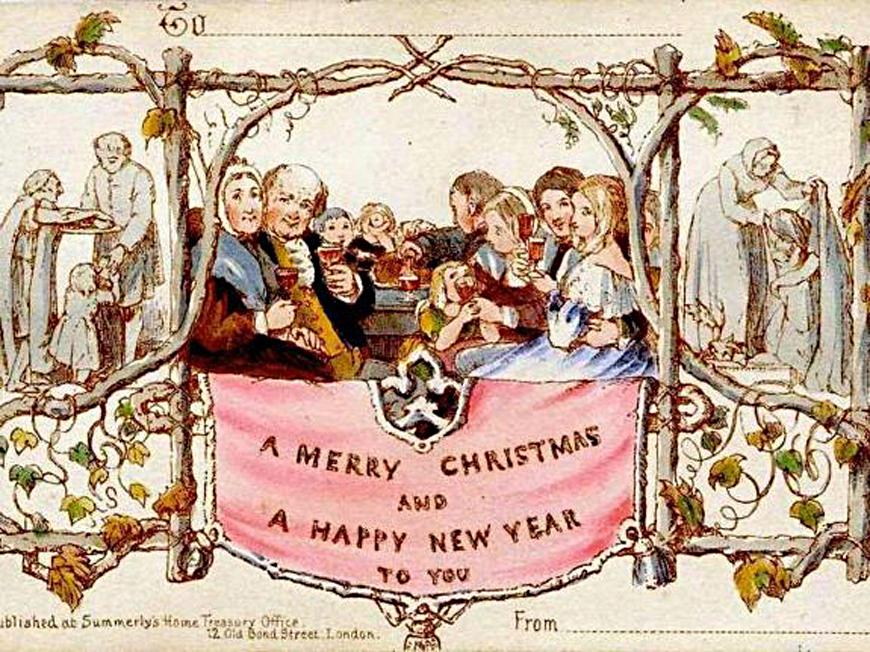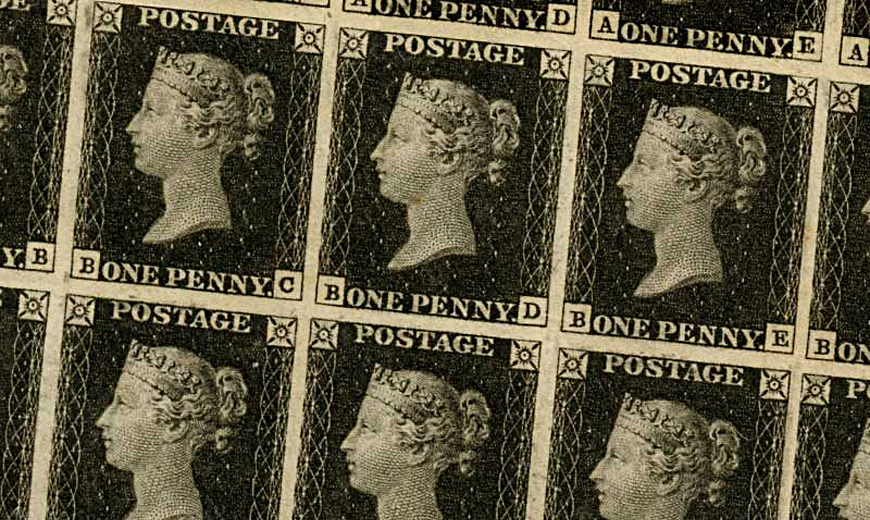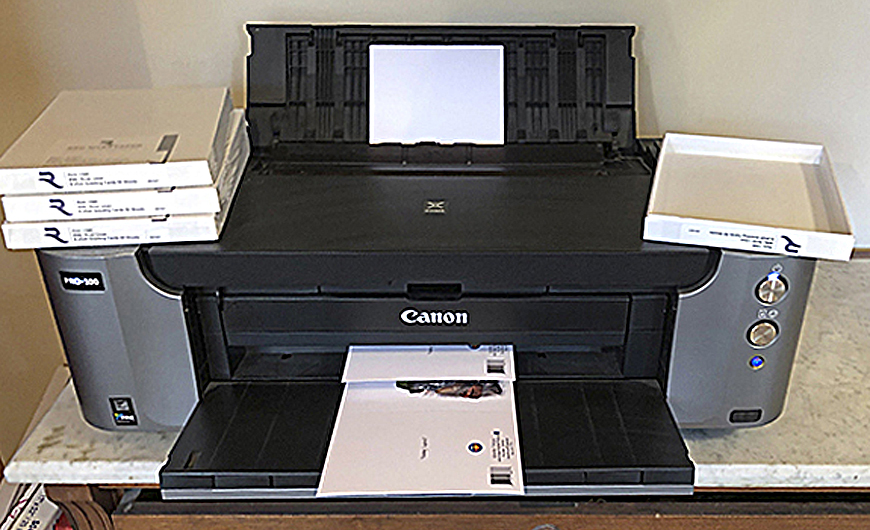Want to Earn Extra Income? It’s in the Cards!
By ALBERT CHI
Greeting and Note cards have become a multi-billion dollar global industry and neither emails, texts, or e-cards, have managed to eclipse them. They are still the most popular means of expressing one’s feelings and, once received, have an emotional impact and staying power that other means of communication cannot equal.
And that’s where you, as a photographer or artist, can easily (and inexpensively) begin to build a side-business (or add to the one you have) that won’t take a lot of time or money and may surprise you with how significant the return can be. That’s because the profit margin is high. Your cost per card can be as little is $1.00— and that includes card stock, an envelope and ink.

Exchanging New Year’s greetings messages began centuries ago in ancient China and Egypt. Eventually the tradition slowly spread to Europe, but it wasn’t until the 1840s in England that it became the widespread custom that’s practiced today.At that time it was usual in the UK for all family, friends and business people to write Christmas letters to each other, a laborious task that could take days of time (especially if you had a lot of them to write).
This really annoyed Henry Cole, a civil servant, inventor and artist because, after all, those days could be better spent making merry rather than suffering from cramped fingers and hands– not to speak of the eye strain resulting from writing most of those letters by flickering candlelight.
So Cole got the idea of shortening the whole process by sending an illustrated card and writing a brief note on the reverse side. Now as you know, many inventions and customs require the development of other technologies and even, at times, political events to make them possible. Cole’s new venture required a two, critical occurrences for it to flourish.
First there had to be an easy way of duplicating his cards and, although the printing press had been developed in the mid 1400s, it wasn’t until his time that more sophisticated presses could output colored cards quickly. That allowed him to have 1,000 cards printed at a reasonable price.
But then there was also the the problem of quickly and easily getting his cards to their many destinations. Before 1840, the recipients of letters had to pay the postage, which not only slowed down delivery, but led to many refusals of mail. So Cole began to lobby for postal reform and his efforts were instrumental in getting a new law passed in Parliament that changed the system.

The sender could now place a self-adhesive, prepaid “Penny Black”stamp on their letters which guaranteed swift delivery and no returns. Cole was off and running; he even began to sell his cards at a small shop he owned and the greeting card business quickly spread to America and other countries throughout the world.
Today, it’s still expanding here. From just a few card categories available a couple of decades ago there are now a plethora of them. The old favorites, Christmas, Valentine’s Day, Birthdays, Condolences and the rest are still there, but cards now cover almost every imaginable (and unimaginable) event in one’s life.
Traditional holidays and occasions are still most popular for card giving: Birthdays, Christmas, Easter, Father’s Day, Halloween, Hanukkah, Mother’s (and Father’s) Day, New Years, Patriotic (Veteran’s Day, 4th of July, etc.) , President’s Day, St. Patrick’s Day, Thanksgiving, Valentine’s Day, Weddings and Bridal Showers. Which means there are plenty of opportunities throughout the year for steady business.
That’s why now’s the time for you to break into this lucrative genre by producing custom cards for your existing clients and/or offering your services to small businesses, churches and other organizations. You can also produce personal images for their cards (at an appropriate extra fee) or just offer them a selection from your own collection or from free sources that abound.

To begin your greeting card venture, the desktop printer you have will be perfectly adequate since cards are small and don’t require high resolution images. And you already have a computer and an imaging program. Red River Paper can supply the card sets you need, right down to matching envelopes and they have excellent tutorials at their site that make it easy to get stunning results first time out. They also have an excellent (and inexpensive) selection of card sample kits.
Now more about free photos and art. Just type in “Free Images” on Google. Or you can narrow it down. For example, there’s an excellent selection of vintage images at Vintage Holiday Crafts. (see Resources below). Another much-overlooked source is the Library of Congress that has hundreds of thousands of royalty-free photos you can select.
To make your entry into this lucrative greeting and note card business easy, be sure to read Red River Pro Christine Pentecost’s informative, two-part, step-by-step previous blog posts that will tell you how to get started and succeed. a (see Resources below). Chris started her business from scratch a few years ago selling her cards at local art fairs and to her clients, and from there her business grew rapidly.
Read up on what she has to say and get going. And remember, there are always friends and family to whom you can send your card creations. They’ll appreciate that you cared enough to send them a personalized card that can touch them in more ways than anything on the drug store card rack.
RESOURCES:
Christine’s blog post, Part 1.
Christine’s blog post, Part 2.
Original Publication Date: December 29, 2024
Article Last updated: December 29, 2024
Related Posts and Information
Categories
About Photographers
Announcements
Back to Basics
Books and Videos
Cards and Calendars
Commentary
Contests
Displaying Images
Editing for Print
Events
Favorite Photo Locations
Featured Software
Free Stuff
Handy Hardware
How-To-Do-It
Imaging
Inks and Papers
Marketing Images
Monitors
Odds and Ends
Photo Gear and Services
Photo History
Photography
Printer Reviews
Printing
Printing Project Ideas
Red River Paper
Red River Paper Pro
RRP Products
Scanners and Scanning
Success on Paper
Techniques
Techniques
Tips and Tricks
Webinars
Words from the Web
Workshops and Exhibits
all
Archives
January, 2025
December, 2024
November, 2024
October, 2024
September, 2024
August, 2024
July, 2024
June, 2024
May, 2024
more archive dates
archive article list




